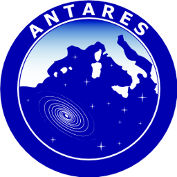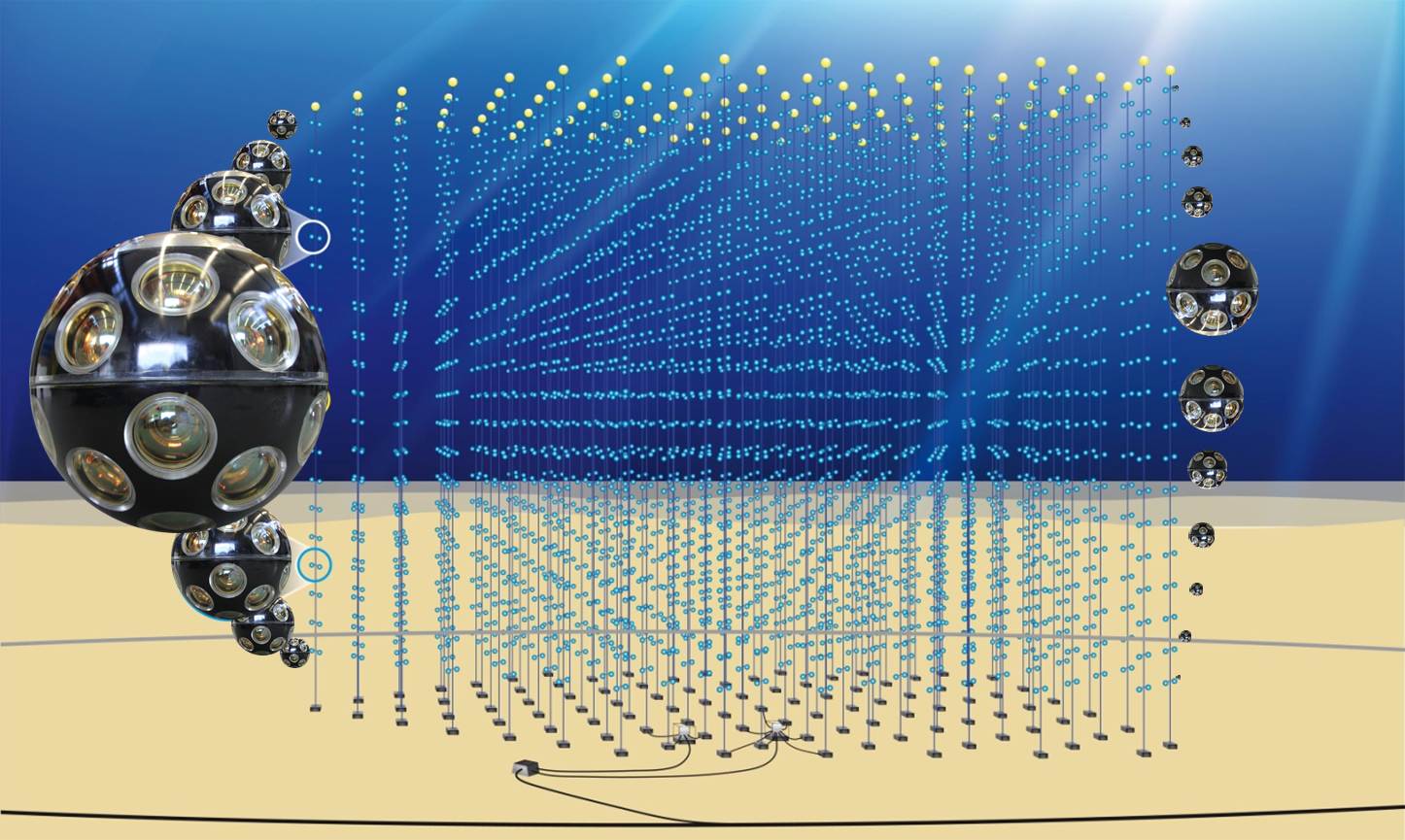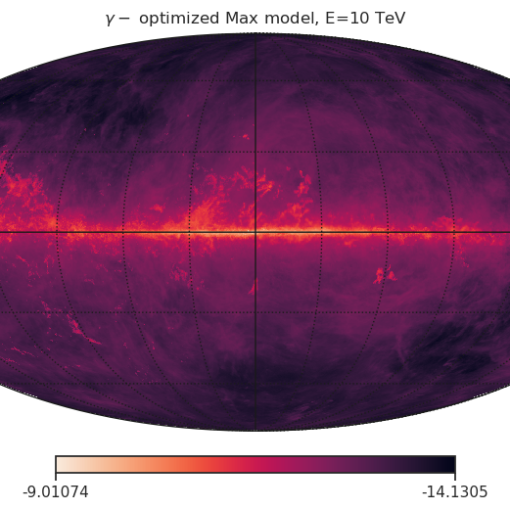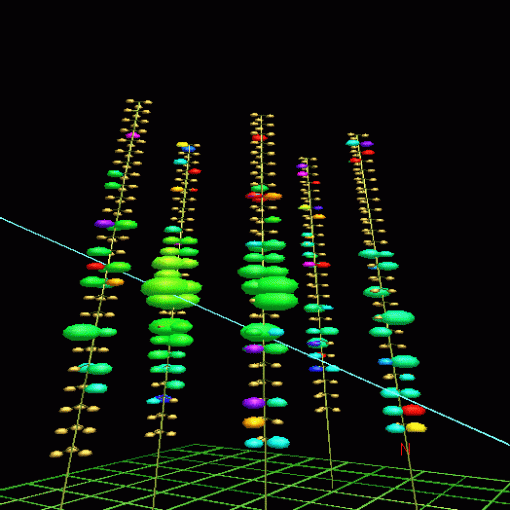Non-standard interactions (NSIs) in the propagation of neutrinos in matter can lead to significant deviations in neutrino oscillations expected within the standard 3-neutrino framework. These additional interactions would result in an anomalous flux of neutrinos observable at neutrino telescopes. The ANTARES detector and its next-generation successor, KM3NeT, located in the abyss of the Mediterranean Sea, have the potential to measure sub-dominant effects in neutrino oscillations, coming from non-standard neutrino interactions. In this contribution, a likelihood-based search for NSIs with 10 years of atmospheric muon-neutrino data recorded with ANTARES is reported and sensitivity projections for KM3NeT/ORCA, based on realistic detector simulations, are shown. The bounds obtained with ANTARES in the NSI μ – τ sector constitute the most stringent limits up to date.
You may also like
The galactic ridge is a region of the inner galaxy coincident with the galactic plane of the Milky Way. Interactions of cosmic […]
The latest ANTARES results concerning neutrino oscillations were presented this week during the talk given by Tyce de Young, “Latest results from […]
January 29th, 2007 Neutrino astronomy in the Mediterranean! On January 29, at dawn, the last of the 3 recently immersed lines […]
The recently published ANTARES search for a diffuse flux of cosmic neutrinos was highlighted on the AAS Nova site, a feature of AAS journals, on January […]




